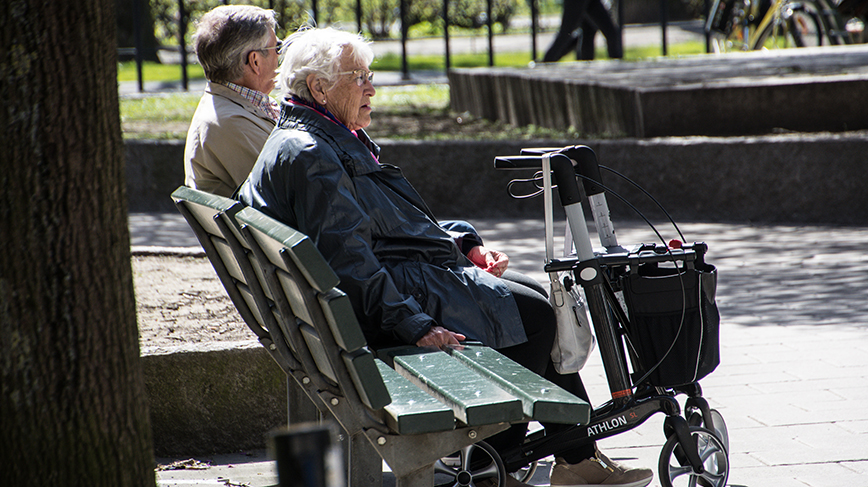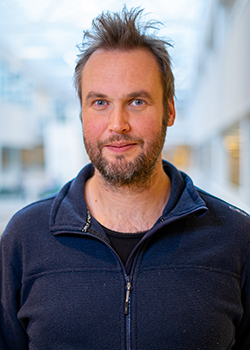How AI can improve elderly care

Researchers are looking to AI solutions to help geriatric multimorbidity patients avoid too much unnecessary shuttling between home and hospital stays.
“Health problems can often be prevented by more efficient collaboration between elderly care and healthcare, and in turn, this is built on data sharing,” says Sebastiaan Meijer, KTH Professor at the Department of Biomedical Engineering and Health Systems, who is participating in DISRA , a city, region, and higher education collaboration project for digital innovation concerning multimorbidity patients.
Ever increasing advances in geriatric medicine mean healthcare for elderly patients can now be provided at home and in care homes instead of in hospital.
“As things are right now, geriatric multimorbidity patients are shuttled between their home and hospital far too often in a way that does not enhance their quality of life. Greater collaboration and data transfers between different care providers could be supported via AI and data driven insights,” says
Meijer
.

He explains, for example, that home care personnel notice when a patient is feeling less well and already today, can instigate preventative care steps, by advising the patient to book an appointment with a doctor at an early stage. It is better to provide the tools to act at an early stage rather than waiting until the patient feels so ill that they need to seek emergency care.
“The questions we ask are ‘What do usable data look like? In which systems is the information held? Can data help predict how care situations can develop? What kinds of legal and ethical problems are there in this context?’ The answers to these questions are what we are now going to find out,” says Meijer.
To enable different hospitals and clinics to share this important information, the researchers want to create a flow between different principal providers within care, at municipal and regional level, and to also include housing companies in the loop.
“We hope to be able to act as a bridge builder for information between care providers in a data driven way. This means we can then avoid problem situations that can arise if, for example, a patient is rushed into hospital, but home care personnel are not informed and make a home visit half an hour later.”
To strengthen cooperation between the various parties, the researchers are reviewing phone-based solutions, for instance, such as via text messages, which could replace systems that cannot be connected together for legal reasons. At the moment, several digital platforms are not linked to healthcare registers, usually due to rules and regulations.
This kind of information flow must be given the opportunity to work smoothly to enable personnel to provide the correct care, in the right place and in the right situation.
The project will also look at good examples from elderly care in other countries, where legal restrictions on data are different. In The Netherlands, for example, care is far more integrated and coordinated between primary care and elderly care, Meijer claims.
“Finland is another positive role model, where elderly care work is extremely individual-oriented, and individual cases are monitored all the way through the care chain. We now need to resolve issues of a technical nature here in Sweden in order to create new information paths between care institutes in a city and region. We need to be intelligent together.”
Katarina Ahlfort
Photo: Mostphotos
